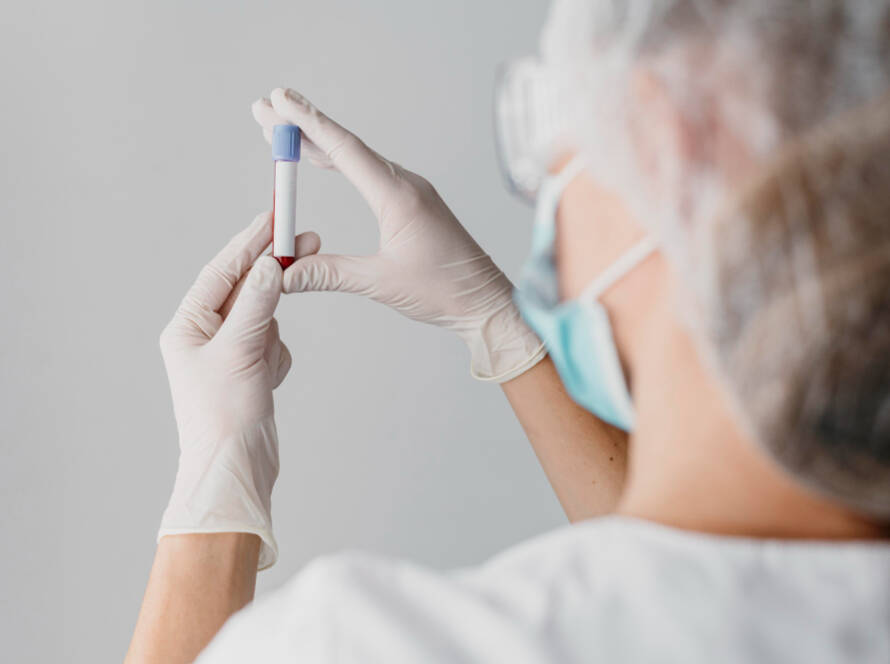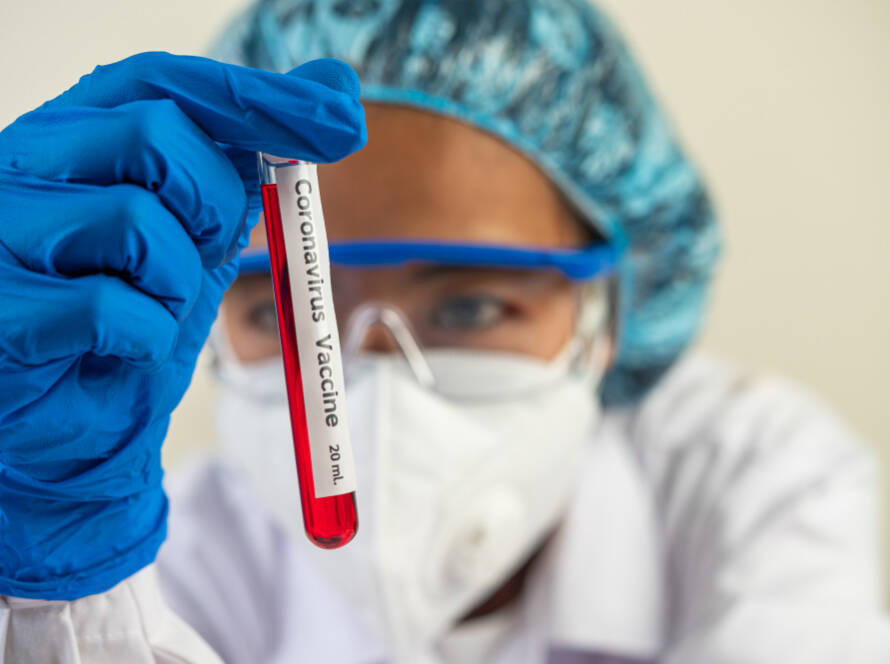The BAP1-TPDS is a hereditary cancer syndrome caused by mutations (also called pathogenic variants) in the BAP1 gene. It predisposes patients to a variety of cancers and a specific precancerous skin lesion called BAP1-inactivated melanocytic tumor (but it has also been called atypical Spitz tumor, or AST, melanocytic BAP1-mutated atypical intradermal tumor (MBAIT) and other names). Four main cancers are currently confirmed to be part of the syndrome: uveal (eye) melanoma (UM), malignant mesothelioma (MMe), renal cell (kidney) carcinoma (RCC) and cutaneous (skin) melanoma (CM). Other suspected, but unconfirmed, tumors in the BAP1-TPDS include (in alphabetical order): basal cell carcinoma, cholangiocarcinoma, non-small cell lung adenocarcinoma (NSCLC) and meningioma. Individuals with the BAP1-TPDS can have one or more of these tumors. In general, the age of onset of these tumors is earlier than in the general population. Because of the limited number of families reported to date we do not clearly know the likelihood that someone with a BAP1 mutation would develop any of the BAP1-associated tumors.
BAP1-inactivated melanocytic tumors are small pink to reddish brown benign skin lesions that show absence of the BAP1 protein when stained by pathologists, and are sometimes the way a person is found to have the BAP1-TPDS.These lesions can be also found in the general population, at present, we do not know how common they are in either BAP1-variant carriers or the general population. We also do not know whether they will become cancerous over time, and if so, how often.
The frequency of BAP1 mutations in the general population is unknown but likely very rare. One estimate puts it at 1/53,015 people. The carrier frequency overall in people with cancer is about 1/1300, with higher frequencies in patients with UM (1-2%), MMe (1%), and RCC (just under 1%).


